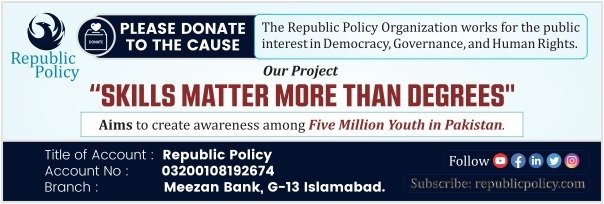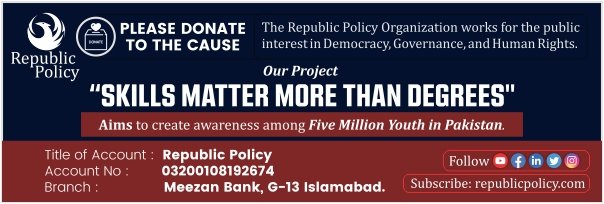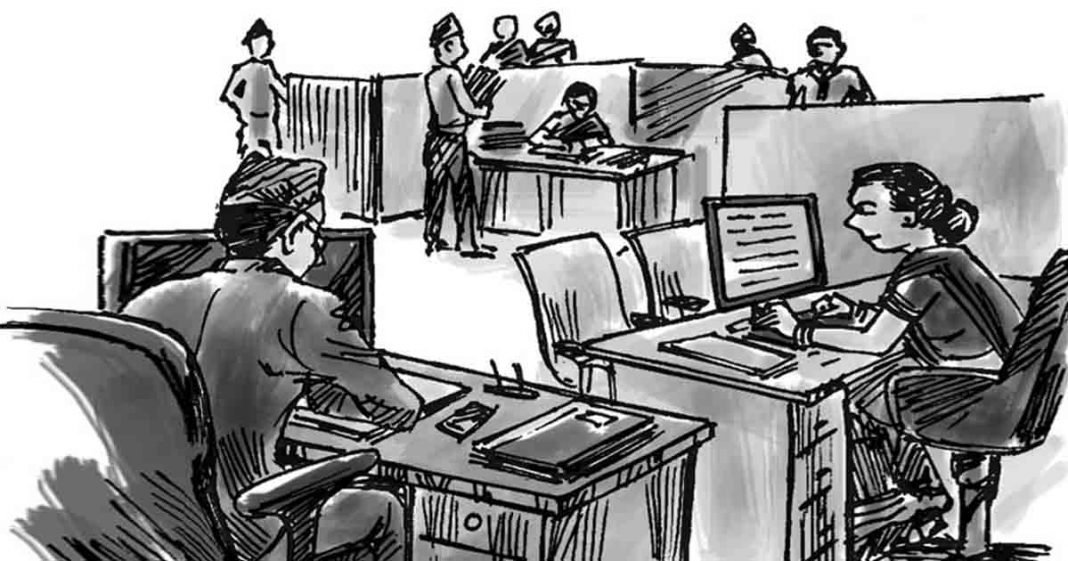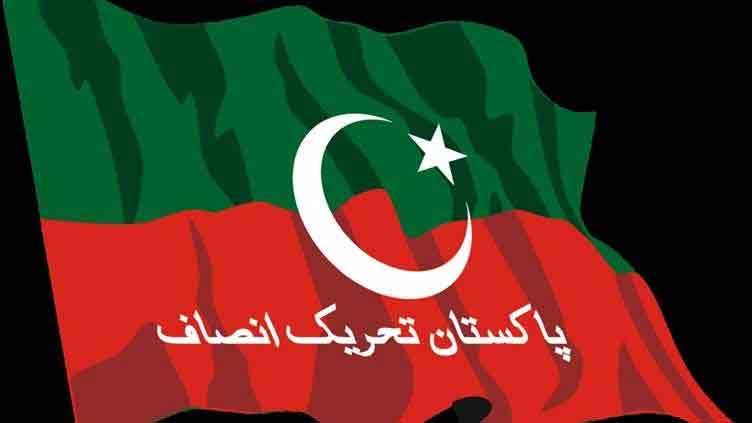Zafar Iqbal
Prime Minister Shehbaz Sharif’s warning that Pakistan cannot continue to survive on loans reflects a painful truth long avoided by successive governments. Speaking at the ninth Future Investment Conference in Riyadh — titled “Is humanity heading in the right direction?” — he candidly admitted that continuous borrowing has weakened Pakistan’s economic foundations. While his statement resonates with national reality, its implications go far beyond rhetoric: Pakistan is stuck in a cycle of debt dependency, and without fundamental reform, that cycle will only deepen.
In economic terms, borrowing is not inherently bad. Both developed and developing nations borrow to stimulate growth, build infrastructure, and finance innovation. However, the impact of borrowing depends entirely on how the money is used. If loans finance physical and social infrastructure — such as roads, power generation, healthcare, and education — they can boost productivity, generate revenue, and strengthen the capacity to repay. But if borrowed funds are used to cover budget deficits or pay off previous loans, they trap economies in a self-defeating cycle. Unfortunately, Pakistan’s borrowing has been largely of the latter kind — plugging fiscal holes rather than building capacity.
Follow Republic Policy on YouTube
The problem is compounded by Pakistan’s poor credit standing in global markets. International rating agencies — Moody’s, Fitch, and Standard & Poor’s — determine the country’s borrowing costs based on credibility and repayment capacity. Greece, for instance, despite a debt-to-GDP ratio of 250 percent in 2020, secured funding through the European Union because it enjoyed institutional trust and integration within a larger economic bloc. Pakistan, with a debt-to-GDP ratio of around 87 percent, lacks that confidence and credibility. This means it pays far more for borrowing far less.
Domestically, Pakistan’s situation is equally precarious. The government borrows heavily from local banks and issues Pakistan Investment Bonds to finance its massive fiscal deficit — a deficit rooted in the failure to curtail current expenditures. These short-term solutions crowd out private sector borrowing, raise interest rates, and stoke inflation. Every government calls the private sector the “engine of growth,” yet its access to credit is persistently squeezed by excessive government borrowing.
Follow Republic Policy on Facebook
The logical remedy lies in reducing current expenditure — not by manipulating interest rates or issuing new debt instruments, but by implementing real spending cuts. A reduction of at least Rs2 trillion in current expenses could substantially shrink the fiscal deficit and restore investor confidence. However, such measures require political courage and administrative reform — two qualities often missing from Pakistan’s fiscal policymaking.
Follow Republic Policy on TikTok
At the international level, Pakistan’s debt dependence on “friendly countries” — China, Saudi Arabia, and the UAE — further underscores its vulnerability. These partners have consistently rolled over loans and provided financial relief, but their patience has limits. Recent global and regional geopolitical shifts mean Pakistan must move beyond passive diplomacy toward a structured economic engagement that ensures mutual benefit and credibility. Importantly, these nations have increasingly tied their financial support to Pakistan’s adherence to the International Monetary Fund (IMF) programme — a clear sign of eroding trust in Islamabad’s fiscal governance.
Follow Republic Policy on Instagram
For now, Pakistan’s strategy remains reactive: waiting for IMF approval to unlock bilateral aid or seeking temporary rollovers to avoid default. But this short-termism must end. The government needs to proactively engage its lenders and partners, as Prime Minister Shehbaz Sharif did in 2023 when he met the IMF Managing Director to revive a stalled programme. Beyond diplomacy, Pakistan must show proof of internal reform — cutting waste, expanding the tax base, and improving governance. Citing IMF “design flaws” is not enough; Islamabad must present a credible, homegrown recovery plan to restore confidence.
Follow Republic Policy on WhatsApp Channel
The lesson from other debt-ridden nations is clear: debt itself is not the enemy — misuse of debt is. Productive borrowing can be transformative; wasteful borrowing is destructive. Pakistan must shift from borrowing for survival to borrowing for growth. That requires institutional accountability, transparent fiscal management, and prioritisation of development projects that generate economic returns.
Prime Minister Shehbaz Sharif’s words capture the urgency of the crisis, but the next step demands action. To end dependence, Pakistan must earn economic credibility, not request it. Real fiscal reform — not rhetoric — will determine whether Pakistan escapes the debt trap or remains forever bound by it.















